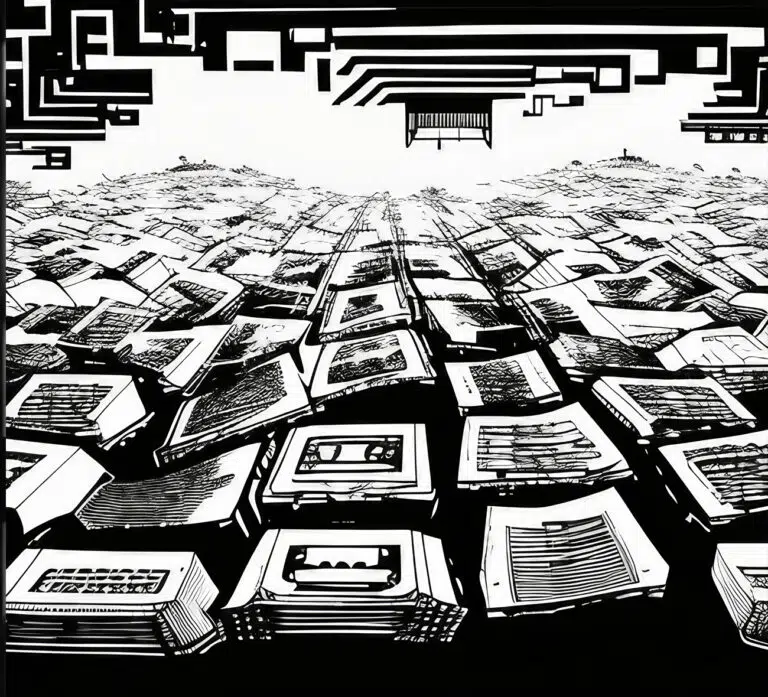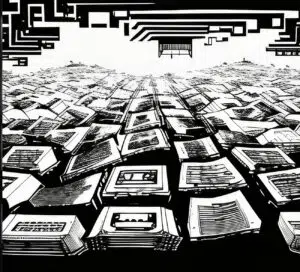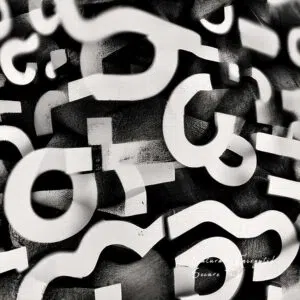The whole digitalization thing is totally shaking up different industries, and guess what? The financial sector ain’t left behind! It’s going through some major transformation. Now, here’s where things get really interesting. We got these Central Bank Digital Currencies, aka CBDCs, stepping onto the scene, and they’re all about using digital tech to completely revolutionize how we handle money — you know, the way we transact, stash it away, and keep it in check. In this article, we’re gonna dive deep into CBDCs, how they work, and what they mean to the whole crypto landscape.
Farewell to paper money
We’re in the middle of a major shift, a movement towards a cashless society, and it’s focused on the pure convenience and slick efficiency of digital payments. Think about it: mobile payment apps, contactless cards, and online shopping have kicked this whole transition into high gear.
With smartphones and internet connectivity, digital payment systems are taking over the scene. The COVID-19 pandemic lit a fire under this trend. Contactless payments became the go-to option because they’re seen as safer and more hygienic. The fact that more and more peeps are accepting and using digital payment methods tells us that we’re heading toward a financial landscape that’s mostly digital.
What is CBDC, and how does it work?
CBDC, short for Central Bank Digital Currency, is like the digital version of a country’s fiat money that is issued and regulated by the central bank. Now, in case you’re wondering what “fiat” means, it’s basically the name we give to money that’s issued by the government without being backed by a physical thing like gold or silver. Think dollars, pounds, euros, yen, yuan, pesos, you name it.
CBDCs are said to combine the good old cash vibe with the efficiency and convenience of digital transactions. Unlike cryptocurrencies like Bitcoin, CBDCs are all about centralization. The central bank is in control, with the promise to keep things regulated and stable.
How does CBDC work, you may ask? Well, CBDCs are getting down with blockchain and distributed ledger technology stuff. It’s the foundation that makes everything secure and transparent. The central bank maintains and issues digital currency, which people can stash in digital wallets or on special platforms designed just for that purpose. Users can access and transact with CBDCs through authorized intermediaries, you know, MIDDLEMEN, or you can go straight to the source and deal with the central bank itself.
Why are central banks jumping on the digital currency bandwagon?
Central banks claim (take note: CLAIM) that they are exploring CBDCs for several reasons:
1. CBDCs bring some serious security and traceability to the table, making it harder for counterfeiters and shady characters to mess around.
2. Digital currencies can boost financial inclusion, making banking services more accessible to those who’ve been left out in the cold. You know, those 1.4 billion unbanked adults that they’re now suddenly paying attention to.
3. CBDCs give central banks more control over monetary policy. They can keep tabs on the flow of money in real time and influence it.
4. Central banks developed CBDCs in response to the popularity of cryptocurrencies, keeping an eye on them, hoping it could be their answer to maintaining stability and regulatory oversight in the financial system.
Are CBDCs impeding decentralization?
At first glance, CBDCs might not seem all that different from a traditional bank account. But the real game-changer here is the use of blockchain technology. That’s what sets CBDCs apart. Central banks are centralizing blockchain’s decentralized nature, bringing it under their wing while still enjoying all the cool perks blockchain tech brings.
For blockchain enthusiasts out there, this whole government-controlled network is rubbing them the wrong way. It kinda goes against the whole point of blockchain. With CBDCs, the government gets a tight grip on the whole financial network, overseeing every transaction like a hawk.
Peeps who wanna keep the government outta their financial business might have a bone to pick with CBDCs. When it comes down to it, Satoshi Nakamoto envisioned blockchain to make use of decentralized networks. If the government gets too involved, it’s like putting a damper on that whole decentralization vibe.
What does the future look like for CBDCs?
We aren’t going to see that mass adoption and widespread acceptance until we witness a mega-successful experiment. But even if we get there, it ain’t gonna be smooth sailing. CBDCs needs to go through some serious regulation before they can be spread to the masses. And once they’re up and running, it’s a whole new world of questions.
Let’s keep it real. Every country’s going to have its own unique way of answering these questions. It’s like a wild mix of financial policies we got going on around the world right now. So, when it comes to a digital implementation like CBDCs, it’s going to bring a whole new set of challenges and quirks to deal with.






